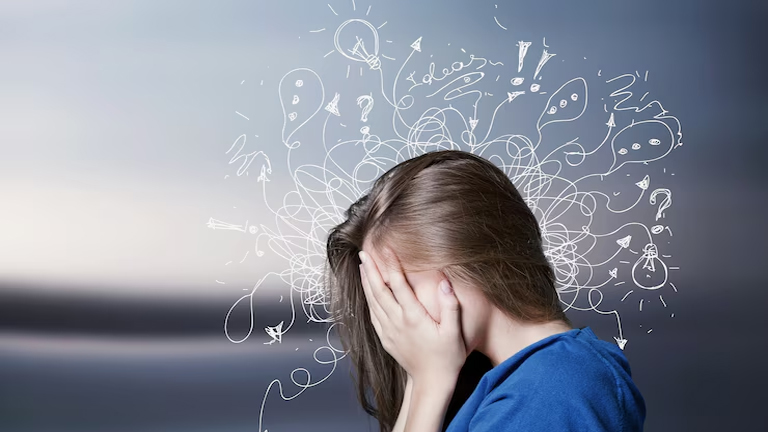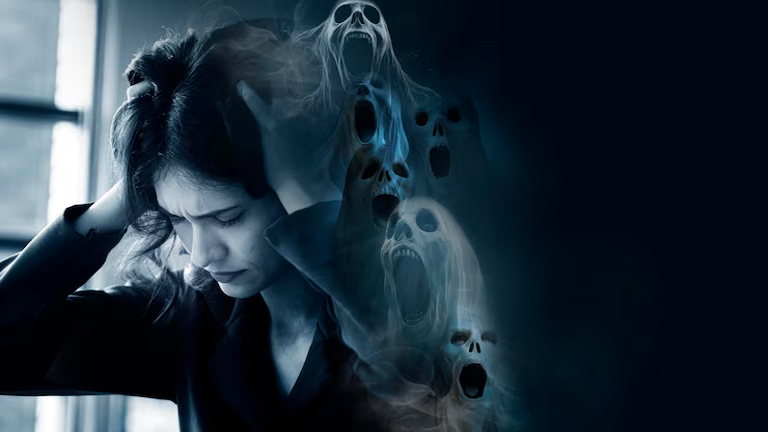Anxiety disorders are among the most common mental health conditions, affecting millions of people worldwide. While occasional anxiety is a normal part of life, persistent and excessive fear or worry that interferes with daily activities may indicate an anxiety disorder. This article explores the different types of anxiety disorders, their symptoms, causes, and effective treatment options to help you or a loved one manage this condition.
Must Check: Anxiety Treatment
What Are Anxiety Disorders?
Anxiety disorder are a group of mental health conditions characterized by excessive fear, worry, and nervousness. Unlike temporary stress or nervousness, anxiety disorder are chronic and can significantly impact a person’s quality of life. These disorders often lead to avoidance behaviors, where individuals steer clear of situations that trigger their anxiety.
Common anxiety disorder include:
-
Generalized Anxiety Disorder (GAD) – Persistent and excessive worry about everyday life.
-
Panic Disorder – Sudden, intense episodes of fear (panic attacks) accompanied by physical symptoms.
-
Social Anxiety Disorder – Extreme fear of social situations and being judged by others.
-
Phobias – Intense, irrational fear of specific objects or situations.
-
Separation Anxiety Disorder – Excessive fear of being apart from loved ones.
Understanding these disorders is the first step toward managing them effectively.
Types of Anxiety Disorders
1. Generalized Anxiety Disorder (GAD)
People with GAD experience chronic anxiety, often worrying excessively about health, work, relationships, or finances. Unlike normal stress, GAD-related anxiety is difficult to control and lasts for months.
2. Panic Disorder
Panic disorder involves recurrent panic attacks—sudden surges of overwhelming fear that trigger severe physical reactions, such as chest pain, dizziness, and shortness of breath. Many people mistake panic attacks for heart attacks due to their intensity.
3. Social Anxiety Disorder (Social Phobia)
Individuals with social anxiety experience extreme self-consciousness and fear of embarrassment in social settings. Common social anxiety symptoms include blushing, trembling, and avoiding social interactions.
4. Specific Phobias
A phobia is an irrational fear of a particular object or situation, such as heights (acrophobia), spiders (arachnophobia), or flying (aviophobia). These fears often lead to avoidance behaviors.
5. Obsessive-Compulsive Disorder (OCD) and Post-Traumatic Stress Disorder (PTSD)
While OCD and PTSD are sometimes classified separately, they share anxiety-related symptoms. OCD involves unwanted repetitive thoughts (obsessions) and behaviors (compulsions), while PTSD stems from traumatic experiences.
Common Symptoms and Signs
Anxiety disorder manifest in both physical and emotional symptoms, which vary depending on the type of disorder.
Physical Symptoms
-
Rapid heartbeat or palpitations
-
Sweating and trembling
-
Shortness of breath
-
Nausea or dizziness
-
Muscle tension and headaches
-
Fatigue and insomnia
Emotional and Behavioral Symptoms
-
Excessive worry or fear
-
Restlessness and irritability
-
Difficulty concentrating
-
Avoidance of anxiety-inducing situations
-
Overthinking worst-case scenarios
Recognizing these signs early can lead to timely intervention and better management.
Causes and Risk Factors
Anxiety disorders arise from a combination of genetic, environmental, and psychological factors:
1. Genetics
Family history plays a role—those with close relatives who have anxiety disorders are more likely to develop them.
2. Brain Chemistry
Imbalances in neurotransmitters like serotonin and dopamine can contribute to anxiety.
3. Environmental Stressors
Traumatic events (abuse, accidents, loss of a loved one) and chronic stress (work pressure, financial struggles) can trigger anxiety disorders.
4. Personality Traits
People who are perfectionists, easily flustered, or prone to negative thinking are at higher risk.
5. Medical Conditions
Thyroid disorders, heart disease, and chronic illnesses can worsen anxiety symptoms.
Treatment Options for Anxiety Disorders
Effective treatments for anxiety disorders include therapy, medication, and lifestyle changes.
1. Psychotherapy (Talk Therapy) Anxiety Disorders
-
Cognitive Behavioral Therapy (CBT) for Anxiety – Helps patients identify and change negative thought patterns.
-
Exposure Therapy – Gradually exposes individuals to feared situations to reduce avoidance behaviors.
2. Medication Anxiety Disorders
-
Antidepressants (SSRIs, SNRIs) – Help regulate brain chemistry.
-
Benzodiazepines – Provide short-term relief for severe anxiety but can be addictive.
-
Beta-blockers – Reduce physical symptoms like rapid heartbeat.
3. Self-Help Strategies Anxiety Disorders
-
Mindfulness and Meditation – Reduces stress and promotes relaxation.
-
Regular Exercise – Boosts endorphins, improving mood.
-
Healthy Diet – Omega-3s, magnesium, and probiotics support brain health.
-
Sleep Hygiene – Proper rest helps regulate emotions.
4. Support Groups Anxiety Disorders
Connecting with others facing similar challenges can provide emotional support and coping strategies.
Final Thoughts
Anxiety disorders are treatable, and seeking help is crucial for recovery. If you or someone you know is struggling with anxiety, consult a mental health professional for a personalized treatment plan. With the right approach—whether through cognitive behavioral therapy for anxiety, anxiety medication, or lifestyle adjustments—it’s possible to manage symptoms and lead a fulfilling life.
By understanding the causes, recognizing the signs, and exploring effective treatments, you can take proactive steps toward overcoming anxiety disorders. Don’t hesitate to reach out for support—mental health matters.


